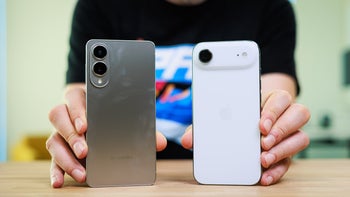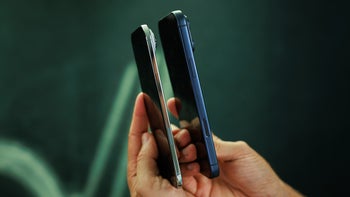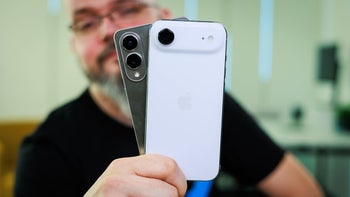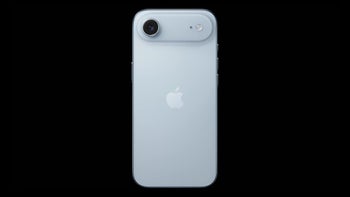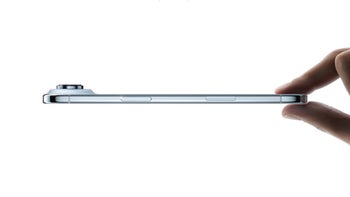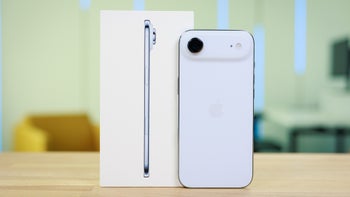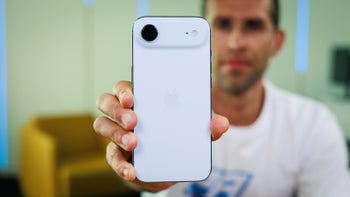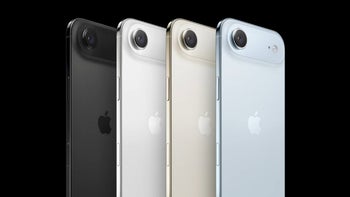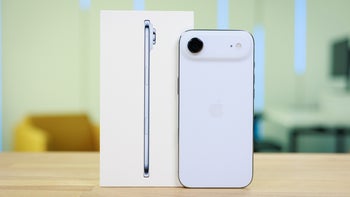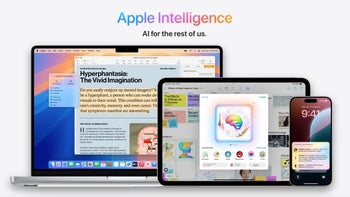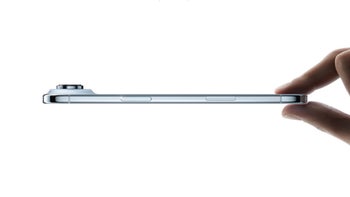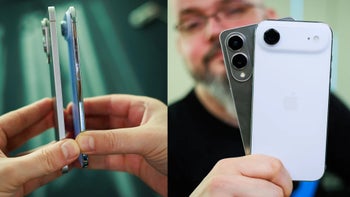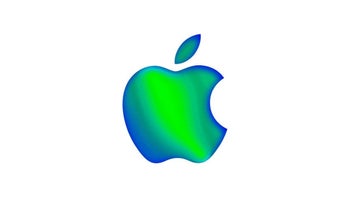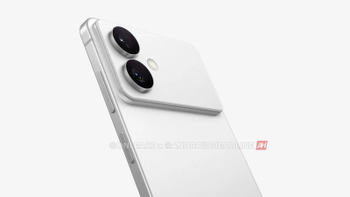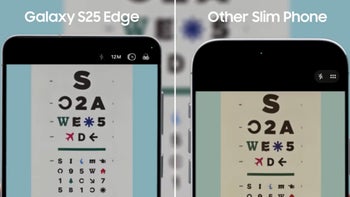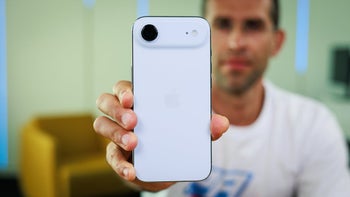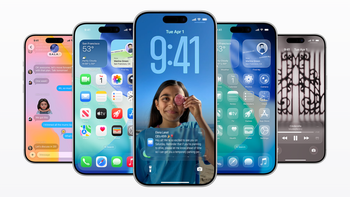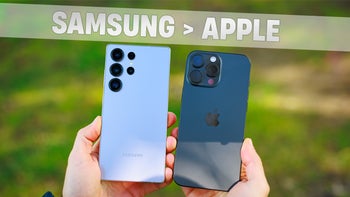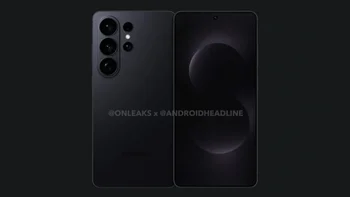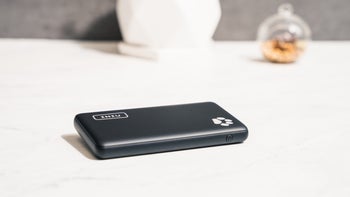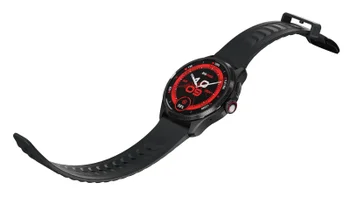iPhone Air release date, price, and features

iPhone Air is official!
So, what makes the Air stand out? For starters, it is the slimmest of the bunch at just 5.6mm and super light thanks to its titanium build. On the flip side, it has a smaller battery than its siblings and comes with only a single rear camera.
Jump to:
iPhone Air release date
Apple unveiled the iPhone Air on Tuesday, September 9, 2025, during its special event for the new series, alongside the Apple Watch Series 11, AirPods Pro 3, and other new products.
The new ultra-thin phone opened for pre-orders on September 12 and officially landed in stores on September 19.
iPhone Air price and deals
The iPhone Air starts at $999, making it pricier than the Plus models it replaces. Here’s the full breakdown by storage option:
- 256 GB: $999
- 512 GB: $1,199
- 1 TB: $1,399
| Apple iPhone model | Starting price |
|---|---|
| iPhone Air | $999 |
| iPhone 16 Plus | $899 |
| iPhone 15 Plus | $899 |
iPhone Air deals:
- Apple: Apple isn’t planning to drop its iPhone Upgrade Program anytime soon. The setup is simple: trade in your current iPhone, make 12 monthly payments, and then roll into a new model each year – with AppleCare+ included. Depending on what device you hand in, the trade-in credit can shave off up to $700 from the price of your new phone.
- Verizon: The iPhone Air is offered with a great discount of up to $1,100. While the standard iPhone 17 is available for free with certain Unlimited plans and a trade-in of any phone, the iPhone Air comes with trade-in credits.
- T-Mobile: Customers can enjoy discounts ranging from up to $1,100 on any iPhone 17 model. You can also get it for free with certain plans.
- AT&T: AT&T also has compelling offers for the iPhone 17 lineup. The standard iPhone 17 is available at no cost upfront when bundled with an eligible plan and a trade-in, regardless of the phone's condition. The case for the Air model is similar, or a discount of up to $800 may be offered with a qualifying plan and the trade-in of a relatively recent iPhone model.
iPhone Air camera
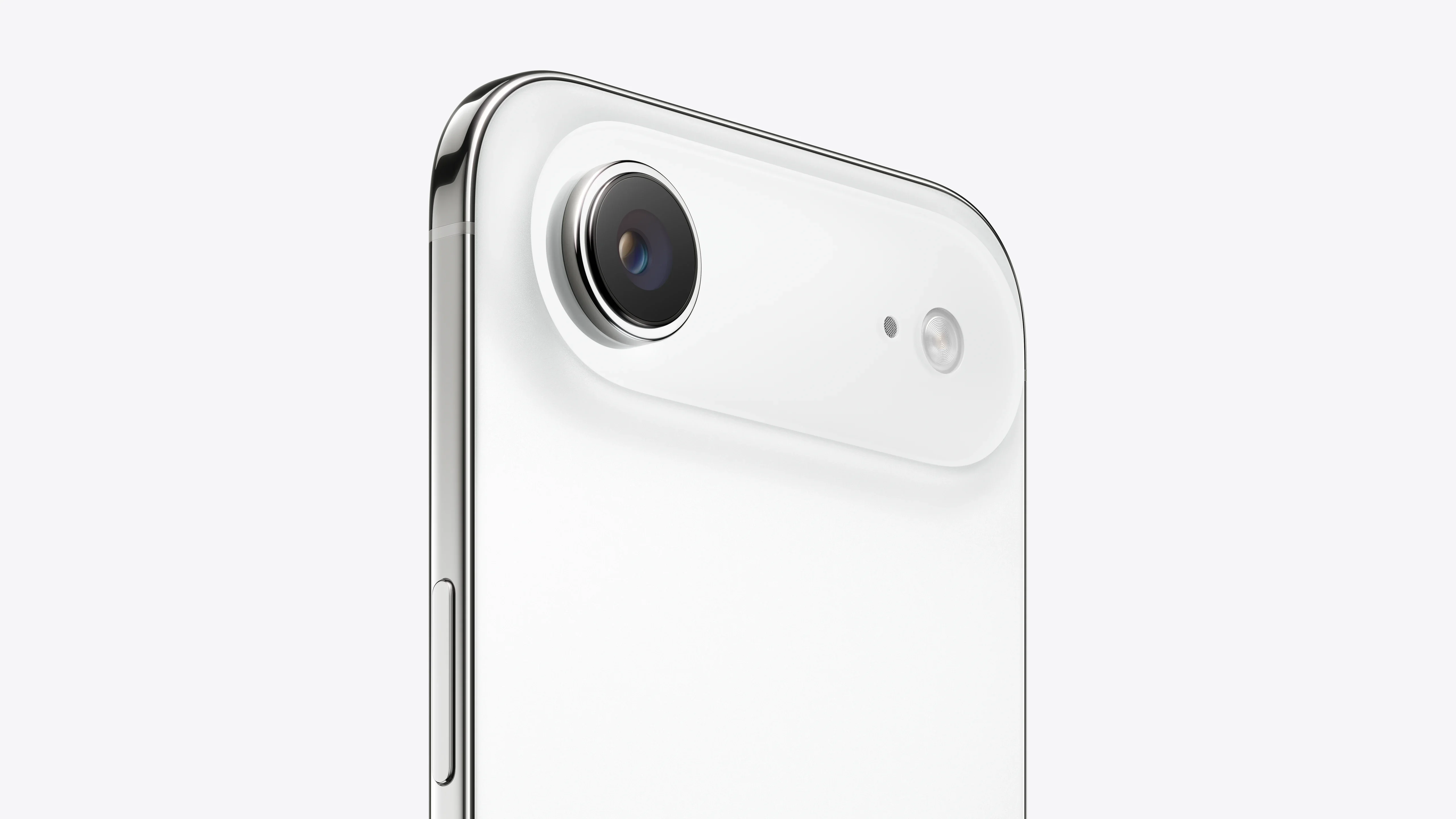
iPhone Air has only one camera. | Image credit – Apple
The iPhone Air debuts a new Center Stage front camera with the first square sensor on an iPhone. It captures photos up to 18 MP, offers a wide field of view, and lets users take portrait or landscape shots without rotating the phone. For group selfies, AI automatically expands the frame, while video calls stay steady and centered. The front camera also supports 4K HDR stabilized video and Dual Capture, which records with the front and rear cameras at the same time.
The iPhone Air also supports the latest Photographic Styles, including a new Bright option, and records video in 4K60 fps Dolby Vision with Action mode, Spatial Audio, Audio Mix, and wind noise reduction.
Camera system specs:
- 48 MP main camera
- 18 MP selfie camera
iPhone Air storage
The new iPhone Air comes in three storage tiers:
- 256 GB
- 512 GB
- 1 TB
iPhone Air design
This is the iPhone Air. | Image credit – Apple
Apple has made the iPhone Air its thinnest iPhone yet at just 5.6mm. The phone uses a titanium build that balances strength with a lightweight feel, supported by a redesigned internal structure. The back is reinforced with Ceramic Shield, while the front uses Ceramic Shield 2, which Apple says offers up to three times better scratch resistance than before.
Despite the slim profile, the iPhone Air still includes the Action button for customizable shortcuts and a dedicated Camera Control button for quick access to shooting tools and visual intelligence features.
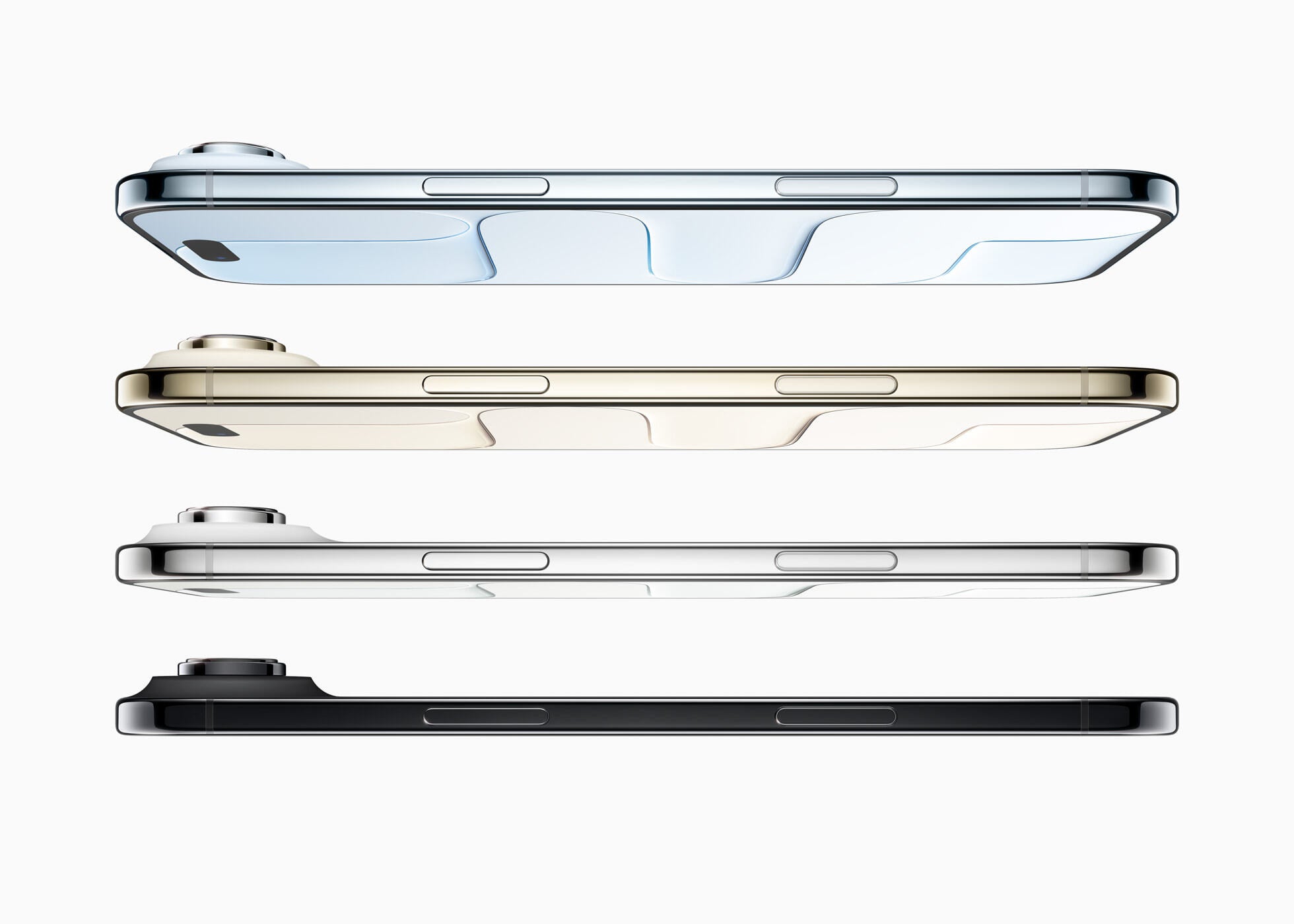
The Air is super thin. | Image credit – Apple
The phone comes in four finishes:
- Space Black
- Cloud White
- Light Gold
- Sky Blue
iPhone Air display
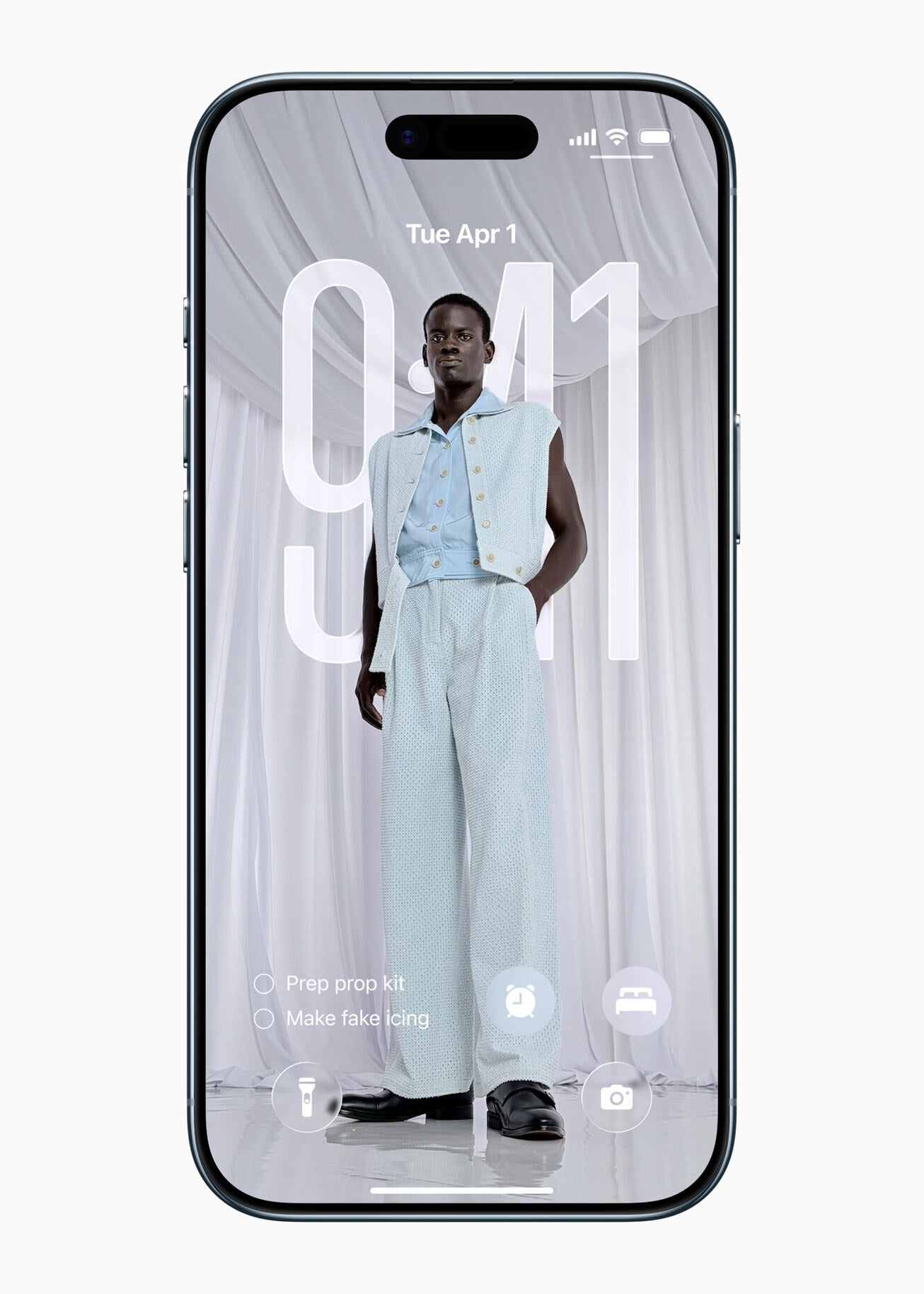
iPhone Air comes with 6.5-inch display. | Image credit – Apple
The iPhone Air comes with a 6.5-inch Super Retina XDR display that supports ProMotion with an adaptive refresh rate up to 120Hz. The display can scale down to 1Hz when idle to save power and supports Always-On mode for quick glanceable info.
For outdoor use, it reaches up to 3000 nits peak brightness – the highest yet on an iPhone – and offers 2x better outdoor contrast.
For outdoor use, it reaches up to 3000 nits peak brightness – the highest yet on an iPhone – and offers 2x better outdoor contrast.
iPhone Air battery
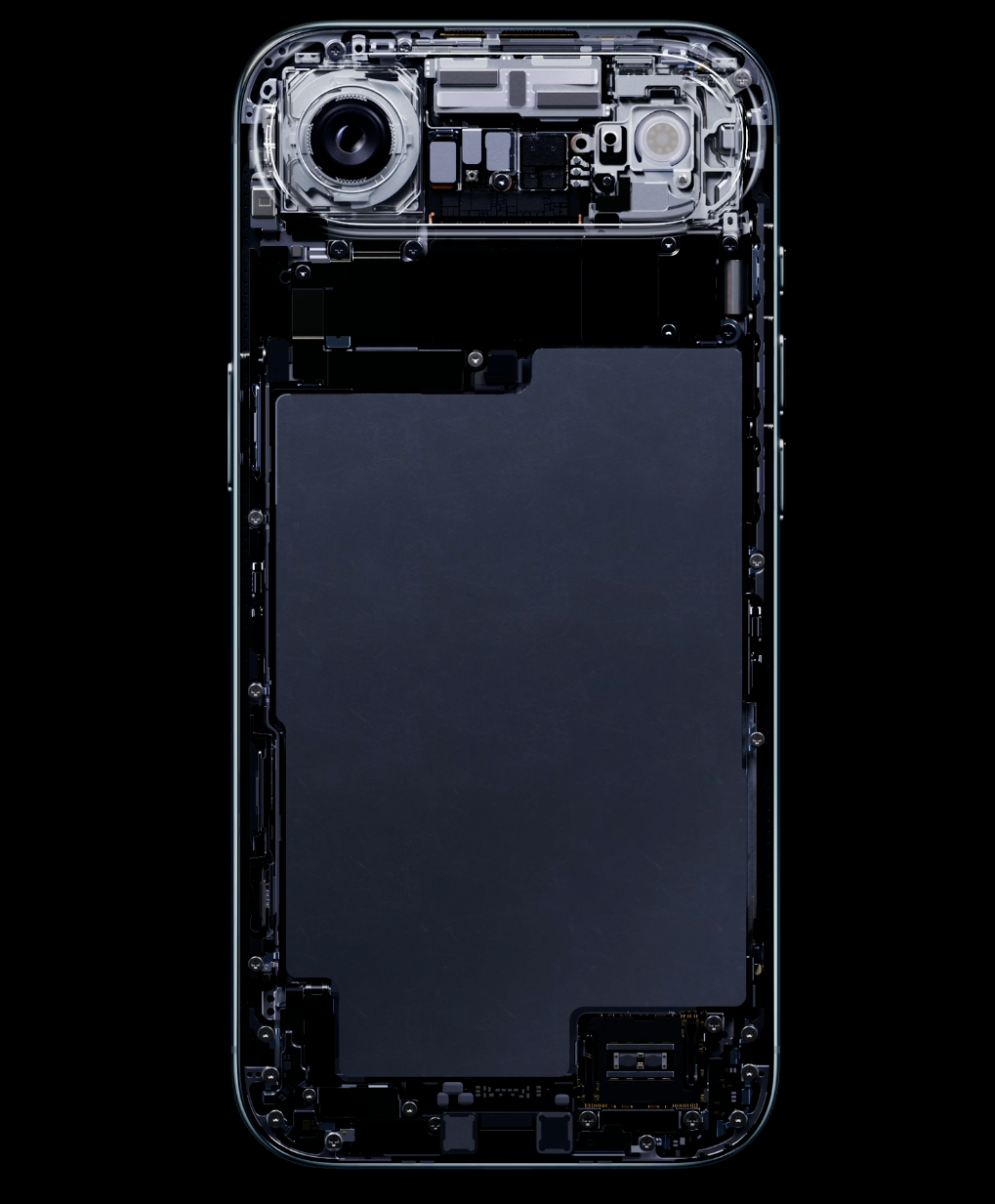
The internal design maximizes battery space. | Image credit – Apple
Being so thin usually comes with some trade-offs. Apple hasn’t disclosed the exact battery capacity, but estimates suggest it’s around 2,800 mAh.
Still, thanks to advanced Apple silicon, an internal design that maximizes battery space, and software optimizations, the iPhone Air should provide all-day battery life.
Plus, the new Adaptive Power Mode in iOS 26 learns your typical usage patterns and predicts when battery might run low, intelligently conserving power to help you get through the day.
iPhone Air features and software
Out of the box, the iPhone Air runs iOS 26, giving users access to Liquid Glass and all the Apple Intelligence features included in the latest OS update.

Video credit – Apple
Out of the box, the iPhone Air runs iOS 26, giving users access to Liquid Glass and all the Apple Intelligence features included in the latest OS update.
The new Liquid Glass design makes apps and system interactions more expressive, emphasizing content while keeping iOS instantly familiar. Apple Intelligence now supports Live Translation for text and audio across Messages, FaceTime, and Phone, making cross-language communication easier. Visual intelligence updates let users capture screenshots and quickly search or act on what they see on their screens.
The on-device foundation model behind Apple Intelligence is available to all developers, enabling apps with intelligent, privacy-protected features that can even work offline. New tools for calls and messages help reduce distractions, so users can focus on the conversations that matter. iOS 26 also brings updates across CarPlay, Apple Music, Maps, and Wallet, along with Apple Games, a new app that provides a single hub for all games.
Here’s a quick rundown of some of the standout features in iOS 26:
- Liquid Glass UI: A new design style with light-based effects, transparency and motion.
- Apple Intelligence: All the core AI features available across the iPhone 17 lineup.
- Visual Intelligence upgrades: Smarter image recognition and online interaction tools.
- Offline live translation: Handy for travel or spotty connections.
- AI-powered call screening: The Phone app now uses AI to filter calls more intelligently.
- 3D photo wallpapers: Turn your regular photos into depth-effect lock screen wallpapers.
So while Apple’s not leading the AI race just yet, it’s making sure iOS 26 delivers where it actually counts.
iPhone Air hardware and specs
- CPU: A19 Pro chip
- RAM: 8 GB
- Battery: 2,800mAh
- Storage: 256 GB, 512 GB, 1 TB
- Camera setup: Single main 48 MP unit, 18 MP selfie
The iPhone Air’s slim design is made possible by Apple silicon. It packs the A19 Pro, N1, and C1X chips, making it the most power-efficient iPhone to date.
The N1 chip handles wireless networking, enabling Wi-Fi 7, Bluetooth 6, and Thread. It also boosts the performance and reliability of features like Personal Hotspot and AirDrop. The C1X cellular modem, designed by Apple, is up to 2x faster than the previous C1 and even faster than the modem in the iPhone 16 Pro, while using 30% less energy, making it the most efficient modem Apple has made.
Competitors
The main competitor for the iPhone Air is the Samsung Galaxy S25 Edge, which launched earlier this year. The Edge is currently the thinnest Galaxy phone at 5.8mm, and it comes with dual rear cameras, 12 GB of RAM, and support for all Galaxy AI features. However, it’s priced higher, starting at $1,099.99.
A full comparison between the two phones will have to wait until we get hands-on with the iPhone Air for a complete review. For now, here’s what we know so far in the Galaxy S25 Edge vs iPhone 17 Air matchup.
Review
After our team spent some real time with the iPhone Air, there are a few clear takeaways. First off, if you are into ultra-thin phones, this one is basically unbeatable right now. The Galaxy S25 Edge might be slim, but in the hand it still feels like a regular phone – especially when you put it side by side with the Air. Apple really nailed the “wow” factor here.
What really caught us off guard is the battery life. It’s actually better than expected, and while there is some thermal throttling under heavy loads, the phone still feels snappy in everyday use – unless you are the type to run benchmarks on loop, you won’t notice much slowdown.
Latest news about the iPhone Air:
Follow us on Google News

